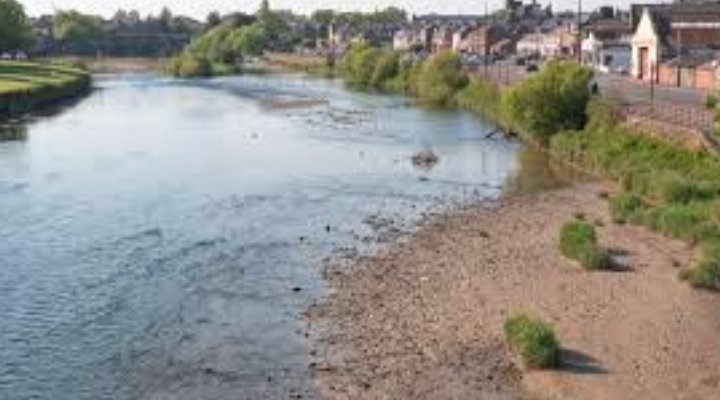Eight catchments remain at Moderate Scarcity while several others edge dangerously close to critical thresholds
Eastern Scotland is now facing an intensifying water scarcity crisis, with several rivers approaching record-low flow levels and a growing number of catchments remaining in a prolonged state of Moderate Scarcity, according to the Scottish Environment Protection Agency (SEPA).
In its latest weekly Water Scarcity Report, SEPA confirmed that eight major river catchments — including the Spey, Deveron, Ythan, Don (Aberdeenshire), Dee (Aberdeen), Esk, the Firth of Tay, and the Tyne (Lothian) — continue to face Moderate Scarcity, a status that has persisted in some areas for weeks.
The Findhorn, Firth of Forth, and Helmsdale catchments remain on Alert, but the situation is deteriorating rapidly. A series of critical monitoring stations are now nearing Significant Scarcity, the agency’s highest alert level, where forced restrictions on water abstraction from rivers and lochs may be introduced as early as next week.
Lowest Spring Flows in Decades
Recent river data paints a bleak picture. SEPA’s monitoring stations have reported record or near-record low spring flows in several regions:
-
Minmore – River Livet (Lower Speyside): Lowest flows in a 40-year record
-
Alford & Houghton – River Don (Aberdeen): Lowest flows in a 50-year record
-
Heughhead – River Feugh (Lower Dee, Aberdeenshire): 40-year low
-
Logie Mill – North Esk (Angus): 50-year low
-
Balmossie – Dighty Water (Tayside): Lowest since 1973
-
Kemback – River Eden (North Fife): Also lowest since 1973
“These rivers are approaching critical environmental thresholds following months of sustained low rainfall,” said Chris Dailly, SEPA’s Head of Environmental Performance (Geographic). “Autumn 2024 was one of the driest in a century, followed by an equally parched spring — the second driest in 100 years for eastern Scotland.”

Action Imminent if Conditions Don’t Improve
SEPA warns that if river flows drop further, formal restrictions on licensed water abstraction may be implemented early next week. This would directly affect farmers, distillers, food processors, and other water-dependent industries.
“These decisions are not taken lightly,” Dailly emphasized. “Restrictions will only apply where they are absolutely necessary and for the shortest possible time. But the evidence is clear — the pressure on the environment is too great in some areas.”
Licence holders in at-risk areas will be formally notified in writing about any imposed restrictions.
Drought Risk Assessment Tool Leading the Response
The Drought Risk Assessment Tool (DRAT) — SEPA’s data-driven system using real-time river flow data from hundreds of sites — has been instrumental in tracking environmental conditions and shaping the agency’s response.
The agency says this science-led approach allows it to act fairly and proportionately while safeguarding rivers, lochs, and the fragile ecosystems they support.
Farmers and Industry Adjusting, But More May Be Needed
Across eastern Scotland, many farmers and industrial water users have already begun altering operations in anticipation of restrictions. According to SEPA, distilleries have brought forward summer shutdowns, while irrigators are adapting their water use schedules to reduce pressure on already-stressed rivers.
“We see those efforts, and we value them,” said Dailly. “But if restrictions are needed, they must be implemented and they must be respected. This is about protecting rivers and lochs for the long term, ensuring the environment and the businesses that depend on it can thrive.”
Outlook: Rain Possible, But Not for the Northeast
Some rain is forecast over the coming days, particularly in western, central, and southern Scotland, but northeastern areas are expected to remain dry, exacerbating the crisis in the regions most at risk.
Current Water Scarcity Levels:
| Level | Description |
|---|---|
| Significant Scarcity | Critical river levels. Restrictions on abstractions likely. |
| Moderate Scarcity | Clear environmental impact. Voluntary action expected from abstractors. |
| Alert | Water levels falling. Voluntary reductions in non-essential use advised. |
| Early Warning | Drying conditions. No action yet, but abstractors should prepare. |
As the crisis deepens, SEPA continues to urge all licensed abstractors to monitor local data closely and to remain in contact with the agency, especially in eastern districts where environmental thresholds are being tested like never before.


















